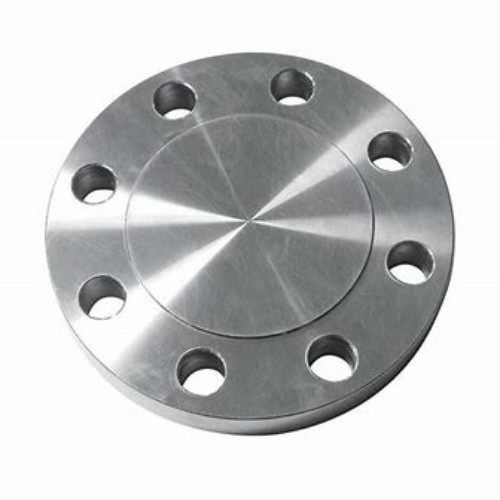China Pipe Fittings and Valve Solutions for Industrial Applications and Infrastructure Development
Exploring the Landscape of Piping Valves and Fittings in China
In the realm of industrial manufacturing, piping valves and fittings play a pivotal role in ensuring efficient transport and regulation of fluids and gases. China, recognized as one of the world's foremost manufacturing powerhouses, has established itself as a significant player in the production of these essential components. This article aims to delve into the current landscape of piping valves and fittings in China, exploring their production, applications, challenges, and future prospects.
The Production Ecosystem
China's manufacturing sector is characterized by its vast network of factories and supply chains, enabling it to produce a wide variety of piping valves and fittings. These components are essential in various industries, including oil and gas, water treatment, chemical processing, and construction. The country produces everything from standard valves and fittings to customized solutions based on specific industrial requirements.
Manufacturers in China have developed advanced technologies and methodologies to enhance the quality and efficiency of production. The use of automation and robotics has considerably streamlined processes, allowing for quicker turnaround times and reduced costs. Additionally, many companies engage in quality assurance practices that adhere to both international and domestic standards, ensuring reliability and safety in their products.
Diverse Applications
The versatility of piping valves and fittings cannot be overstated. They are used in a myriad of applications, ranging from controlling the flow of liquids in plumbing systems to regulating gases in industrial plants. In the oil and gas sector, for example, these components are critical for maintaining pressure and flow rates in pipelines. In water treatment facilities, they help ensure that contaminants are effectively managed and that the water supply remains safe for public use.
Moreover, as industries innovate and adapt to new technologies, the demand for specialized piping solutions continues to grow. Smart valves—those equipped with sensors and controls that facilitate automated operations—are becoming increasingly prevalent. Manufacturers in China are rising to meet this demand by investing in research and development to create cutting-edge products that not only meet current industry needs but also anticipate future trends.
china piping valves and fittings

Challenges Facing the Industry
Despite the robust growth and opportunities in the piping valves and fittings market, several challenges exist. One of the most significant issues is the rising competition, both domestically and internationally. As more countries develop their manufacturing capabilities, Chinese manufacturers must continually improve their offerings to remain competitive. This includes investing in technology, enhancing product quality, and reducing lead times.
Additionally, environmental regulations are becoming increasingly stringent. Manufacturers must navigate complex compliance landscapes while striving to minimize their carbon footprints. The challenge lies in balancing cost efficiency with the need for sustainable practices. Companies that successfully integrate eco-friendly processes and materials are likely to gain a competitive advantage in the market.
Future Prospects
Looking ahead, the prospects for the piping valves and fittings industry in China appear promising. The ongoing urbanization and infrastructure development projects, both domestically and across the globe, will drive demand for high-quality piping solutions. Advances in materials science, such as the development of corrosion-resistant alloys and lightweight composites, will also open new avenues for innovation.
Furthermore, the integration of digital technology, particularly in the form of smart manufacturing and Industry 4.0, is set to revolutionize production processes. Companies that embrace these technological advancements can expect improved operational efficiencies and enhanced product capabilities, allowing them to better meet the ever-evolving needs of their customers.
Conclusion
In conclusion, China's piping valves and fittings industry stands at the crossroads of tradition and innovation. With a rich manufacturing heritage and a commitment to technological advancement, the country is well-positioned to continue its dominant role in this critical sector. By addressing current challenges and leveraging future opportunities, Chinese manufacturers can not only sustain their growth but also contribute significantly to global industrial standards. As the world looks towards sustainable and efficient manufacturing practices, China will undoubtedly play a crucial role in shaping the future of piping solutions on a global scale.
-
The Versatility of Ball Valves in Fluid Control SystemsNewsJun.10,2025
-
The Practical Benefits of Centerline Butterfly ValvesNewsJun.10,2025
-
The Benefits of Bellows Seal Globe Valves for Industrial SystemsNewsJun.10,2025
-
The Advantages of Offset Butterfly ValvesNewsJun.10,2025
-
Ductile Gate Valves: Strong, Reliable, and Essential for Every SystemNewsJun.10,2025
-
Cast Iron Gate Valves: A Reliable Solution for Every SystemNewsJun.10,2025
-
Why Choose a Brass Gate Valve for Superior Performance and DurabilityNewsMay.09,2025




